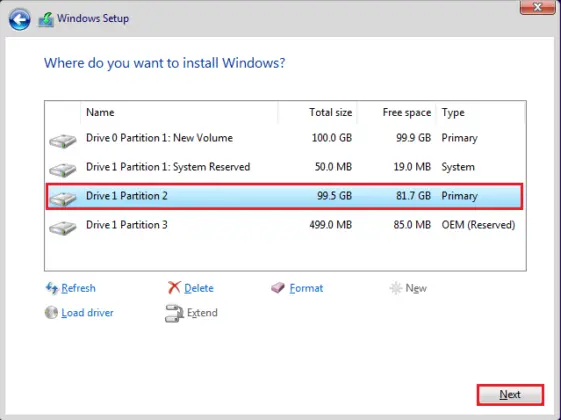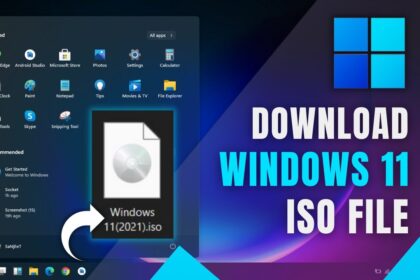


Windows 10 has been the ‘staple’ operating system for 5 or so years, so many users might be used to the look and function of Windows 10. Those of running older hardware might want to do some research beforehand to check if the motherboard or CPU in your build supports TPM 2.0, because if it doesn’t Windows 11 won’t be installable. The purpose of TPM 2.0 is to bring more protection for users across the board, hence the requirement on Windows 11. Due to Windows being the most used operating system in the world, this makes it a target of various attacks with one of the primary ones being Ransomware. With the release of Windows 11, Microsoft made it a requirement that all users have a TPM 2.0 module on their motherboard or CPU for security reasons. There are two primary reasons why you might go for Microsoft’s newer operating system. Just be prepared for the usual first-day teething problems.Suggested Article: How To Install Drivers on Your Gaming PC Build Windows 10 or Windows 11?įirstly, before we get into the guide we should cover why you might choose Windows 11 over Windows 10. You may have to enter the target system's BIOS first, however, and temporarily disable Secure Boot to access it.Īnd there you have it, one shiny bootable USB drive with which you can bring any compatible machine up to date with the latest Microsoft OS. Once finished, you can eject the drive and use it to perform a clean install on any compatible system you like by starting the machine and booting directly from the USB drive.It will take a little while for the process to complete, depending on the speed of your USB stick of course.Click the 'Select' button to navigate to the location of the Windows 11 ISO file and choose it and then click 'Start'.Make sure that in the 'Device' drop down you select the target USB drive.This will need to be at least 8GB in size and the process will delete any files currently on there, so you will need to remove anything you wish to keep. Insert the USB drive you want the Windows 11 ISO mounted on.Microsoft recommends a third-party app, called Rufus (opens in new tab), because it is relatively easy to use and lightweight in terms of system resources. You can also create a bootable USB stick to install the Windows 11 Insider Preview on different devices.


 0 kommentar(er)
0 kommentar(er)
